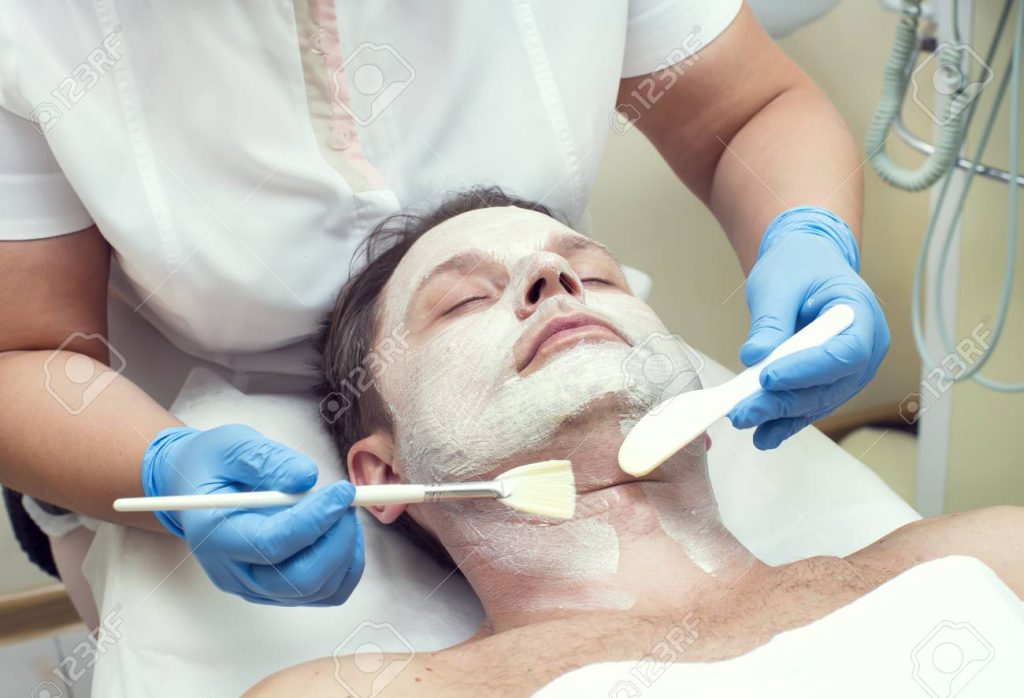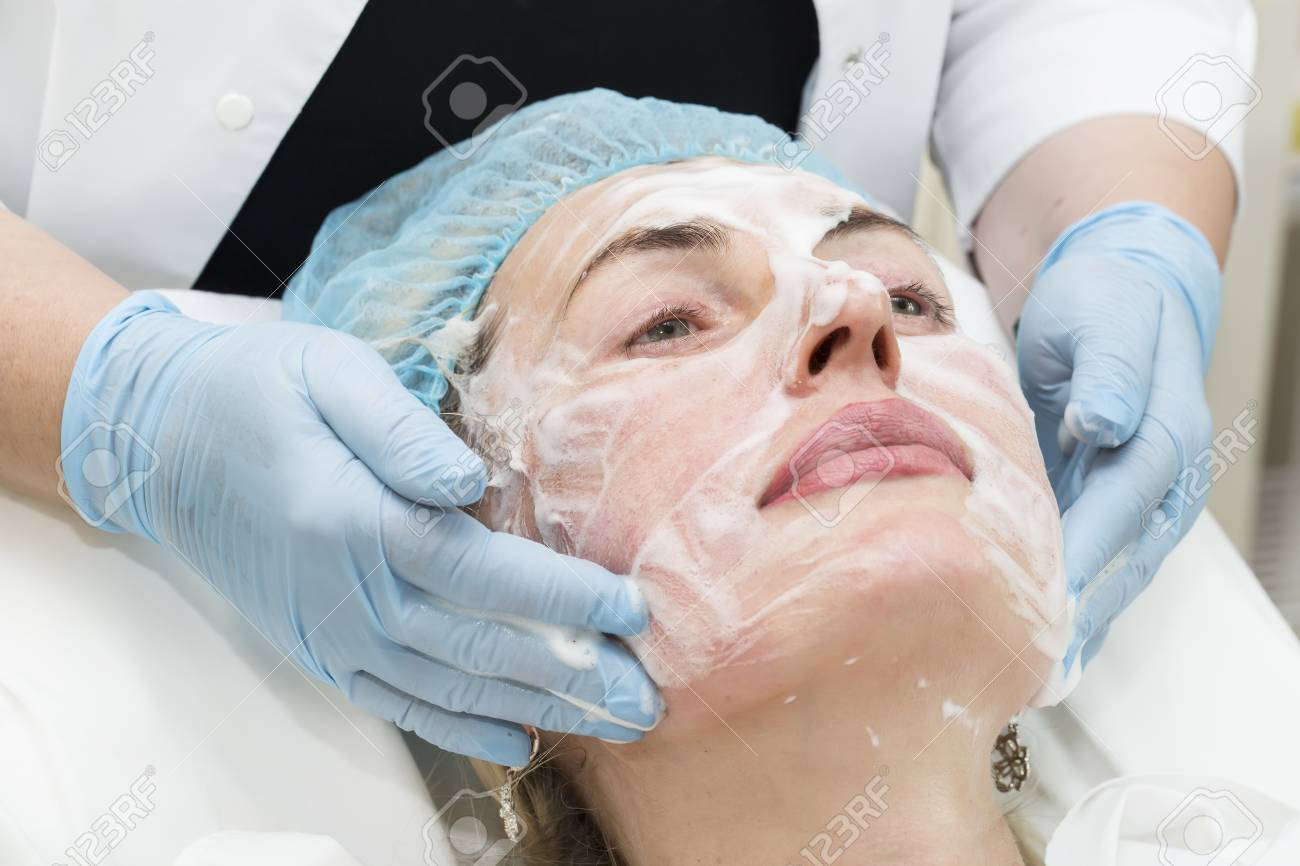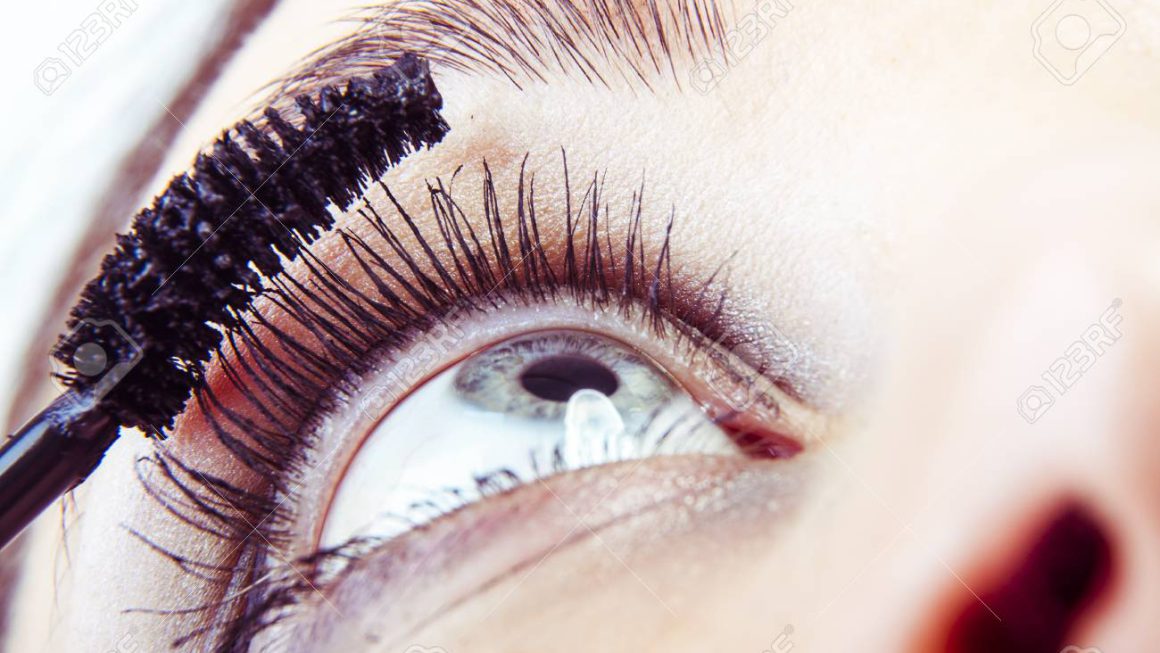Microdermabrasion and chemical peels are popular cosmetic procedures aimed at improving skin texture, tone, and overall appearance. Understanding the key differences between these treatments is essential for making informed decisions about skincare. In this article, we will delve into the mechanisms of action, benefits, efficacy, considerations for different skin types, potential side effects, cost comparison, and long-term results of microdermabrasion and chemical peels. By comparing these two treatments, you can better determine which option aligns with your skincare needs and goals.
Introduction to Microdermabrasion and Chemical Peels
If skincare were a superhero movie, microdermabrasion and chemical peels would be the dynamic duo fighting off pesky skin issues. Both treatments aim to give your skin that radiant glow, but they have different approaches to achieve it.
Overview of Microdermabrasion
Microdermabrasion is like a mini sandblaster for your skin, exfoliating and removing dead skin cells to reveal a fresher, smoother complexion. It’s like giving your skin a fresh start by buffing away imperfections and stimulating collagen production.
Overview of Chemical Peels
Chemical peels, on the other hand, are like a chemical exfoliation party for your face. They use acids like glycolic, salicylic, or lactic acid to break down dull and damaged skin cells, promoting cell turnover and revealing brighter, more youthful skin underneath.
Understanding the Mechanisms of Action
Ever wondered how these treatments work their magic on your skin? Let’s take a peek behind the curtain.
How Microdermabrasion Works
Microdermabrasion works by gently sanding the outermost layer of skin, known as the stratum corneum. This process not only exfoliates the skin but also promotes blood flow and collagen production, leaving you with a rejuvenated complexion.
How Chemical Peels Work
Chemical peels work by applying a chemical solution to the skin, causing the top layer to peel off and reveal fresh skin beneath. The type and strength of the peel determine how deep the exfoliation goes and the extent of skin rejuvenation.
Comparing the Benefits and Efficacy
It’s the ultimate battle of the skincare titans: microdermabrasion vs. chemical peels. Let’s break down their benefits and see who comes out on top.
Benefits of Microdermabrasion
Microdermabrasion is great for improving skin texture, reducing fine lines, and minimizing the appearance of pores. It’s like hitting the reset button on your skin, giving you a smoother and more even complexion.
Benefits of Chemical Peels
Chemical peels pack a punch when it comes to treating acne, hyperpigmentation, and sun damage. They can address more serious skin concerns and provide deeper exfoliation for a more significant skin transformation.
Efficacy Comparison
While both treatments have their strengths, chemical peels are known for delivering more dramatic results in a shorter amount of time compared to microdermabrasion. If you’re looking for a quick skin makeover, chemical peels might be the way to go.
Considerations for Different Skin Types
Just like choosing the right outfit for a date night, selecting the best skincare treatment for your skin type is crucial. Let’s see how microdermabrasion and chemical peels fare for different skin types.
Microdermabrasion for Different Skin Types
Microdermabrasion is generally safe for most skin types, including sensitive skin. It’s gentle enough not to cause irritation, making it a popular choice for those looking for a mild exfoliation option.
Chemical Peels for Different Skin Types
Chemical peels come in various strengths, making them suitable for different skin types. From sensitive to acne-prone skin, there’s a peel out there for everyone. However, it’s essential to consult with a skincare professional to determine the best peel for your specific needs.
Potential Side Effects and Risks
Side Effects of Microdermabrasion
For microdermabrasion, you might experience some redness, mild swelling, and sensitivity after the treatment. It’s like your skin throwing a mini tantrum but nothing too dramatic.
Side Effects of Chemical Peels
When it comes to chemical peels, expect a bit more drama. Redness, peeling, and possibly some stinging sensations are common. It’s like your skin is shedding its old self, literally.
Cost Comparison and Long-Term Results
Cost Considerations for Microdermabrasion
Microdermabrasion is like that affordable yet stylish sweater you find on sale. It’s generally cheaper than chemical peels, with each session ranging approx. from $75 to $200. You might need multiple sessions for best results, but hey, your wallet will thank you.
Cost Considerations for Chemical Peels
Chemical peels are like that luxe designer handbag – they come with a heftier price tag. Sessions can range approx. from $150 to $600, depending on the type and strength of the peel. While one session can show results, you may need fewer sessions overall compared to microdermabrasion.
Long-Term Results and Maintenance
Both treatments can give you that glow-up moment, but chemical peels might offer more dramatic and long-lasting results. However, they also require more downtime and maintenance. Microdermabrasion, on the other hand, is gentler, with less downtime, but you may need more frequent sessions to maintain results.
Choosing the Right Treatment for Your Skincare Needs

Deciding between microdermabrasion and chemical peels ultimately comes down to your skin goals, budget, and tolerance for downtime. Whether you choose the gentle exfoliation of microdermabrasion or the deeper regeneration of chemical peels, remember that both treatments can help you achieve that radiant skin you deserve. And hey, a little self-care never hurt anyone!
In conclusion, both microdermabrasion and chemical peels offer effective solutions for rejuvenating the skin and addressing various concerns. The choice between the two treatments ultimately depends on individual skin types, preferences, and desired outcomes. By consulting with a skincare professional and weighing the benefits, risks, and costs, you can make an informed decision to achieve radiant, healthy skin.













